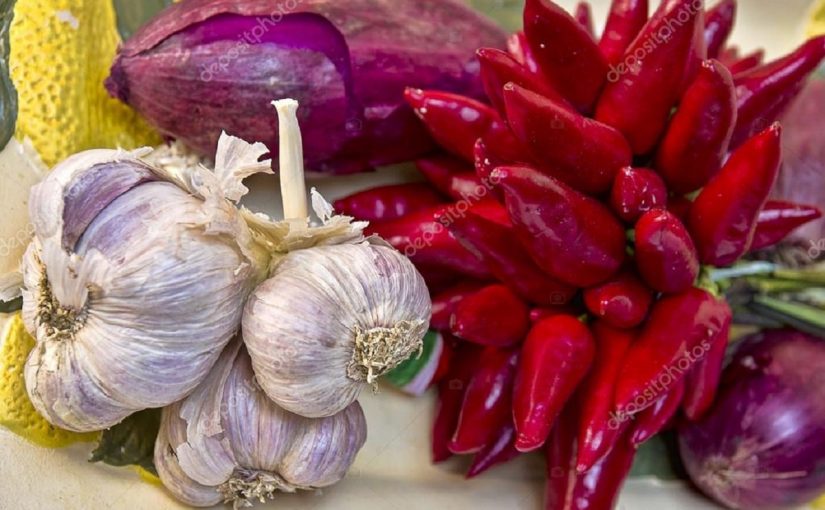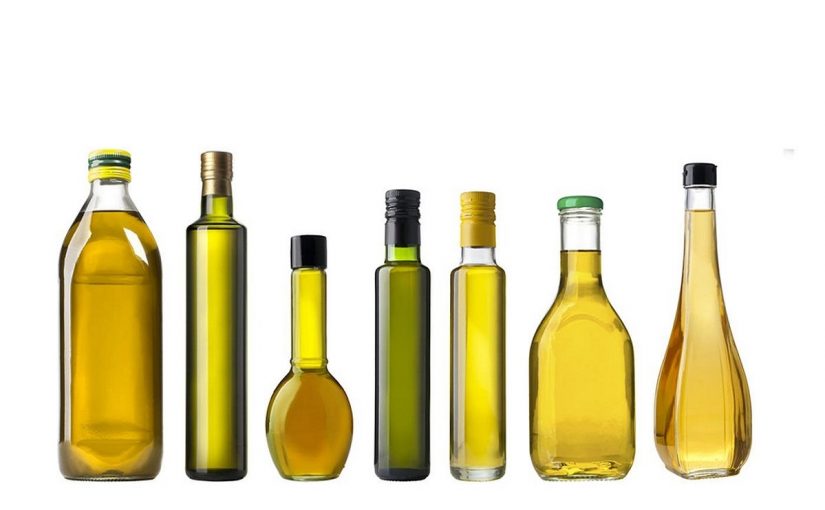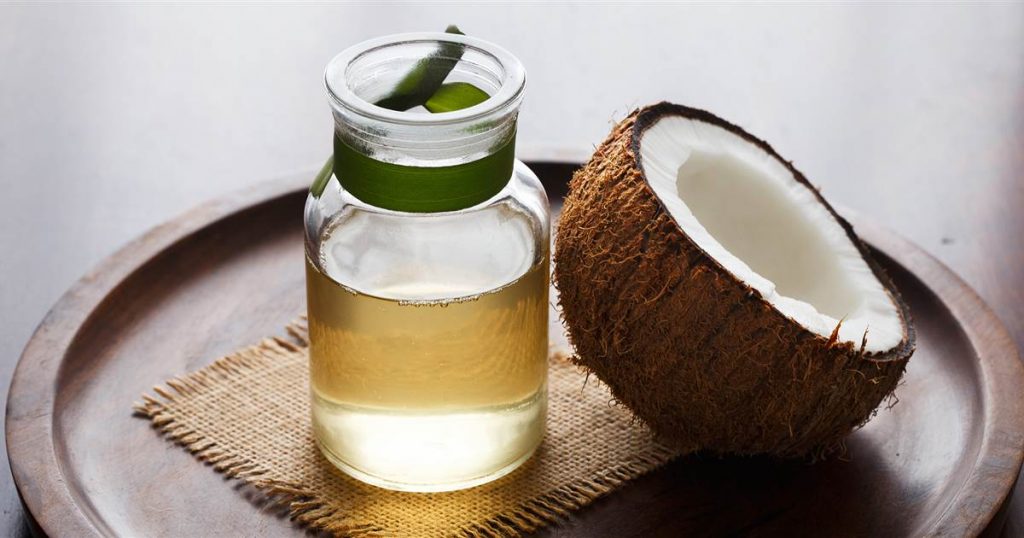8.4.2022
A GREAT RANGE OF FLAVORS
When you taste for the very first time Calabrian Cuisine, you find a bountiful range of flavors.
Inside this geographical location you can feel a weather always getting warmer, days longer and your mind finding rest and peace.
The sea is vibrant, the land is rich in history, culture, and agriculture, even if it is non-touristy, the seafood is great, particularly swordfish, cod and sardines. Further, Calabria owns a great selection of cheeses made with both cow and sheep’s milk, for example pecorino Calabrese, which is made from sheep’s milk, can be eaten semi-soft and un-aged. Or you can taste “Provola”, a cheese mild, very similar to a hardened mozzarella.
Another great product is local “pancetta”. Together with many varieties of salumi—like Capicola Calabrese and Sopressata di Calabria—”pancetta” makes perfect local breads and cheeses, also accompanying Calabrian wines.
Further, Calabrian pastas are varied, for example “ricci di donna” (or “curls of the lady”) and capieddi ‘e prieviti (or “hairs of the priest”). Also “Fileya”, “Fusilli” scilateddri, lagane, cavateddri and maccheroni are very common
Breads and cheeses are a fruit of Greek and Arabic influences, for example “Pane del pescatore” (“fisherman’s bread”), which is a local specialty enriched by eggs and dried fruits. Focaccia and pitta breads are also popular in the region, directly coming from Greek flavors, together with “Sciungata” (a sheep’s milk cheese similar to ricotta), with “butirro” (a buttery cow’s milk cheese) and the well known caciocavallo silano (a cow’s milk cheese hung to dry, providing its signature teardrop shape).
At the contrary, wine is not produced in huge quantities in the region, but is a fashioning product, given that here the tradition of winemaking is heavily influenced by Greeks. In fact, Ciró wines are produced by the same ancient varieties of grapes produced in antiquity for local heroes of the Olympic games.
UNIQUE GEOGRAPHY
The region is the most southerly toe of Italy, rich of coasts flanked by highlands and rugged mountains. From north of the Pollino massif, to the plateau of the Sila and the south by the Aspromonte, the geographical shape influences the variance of Calabrian products.
The most varying products are fruits and vegetables, they are also unique, as the famous ‘Red Onion of Tropea’, delicious eaten raw or used for making jams.
The always different panorama of this Southern Italian region influences also the spicy and robust cuisine, full of ingredients like garlic, sun-dried tomatoes and red-hot chili peppers.
At the same time, only a small waterway separates Calabria from Sicily, so that the cooking methods have been changed by many cultures: Arabic, French, Spanish and Greek. The richness is also historical.
Further, the long coastline produces huge quantities of tomatoes, eggplants, potatoes, artichokes, beans, onions, peppers, asparagus, melons, citrus fruits (particularly the arancia calabrese, also known as bergamot, an orange grown only in Calabria), grapes, olives, almonds, figs and mountain-loving herbs grow well in the area.
This abundance of local food enriches many Calabrian dishes, so that many cities have their specific festivals (“sagra”) for each products. For example, Bagnara has a festival celebrating the region’s staple fish, the town of Diamante hosts a peperoncini festival in September, Caria celebrates the simple Sajuca bean in August. In July, Tropea celebrates red onions.
TRADITIONAL FOODS OF CALABRIA
Given that the cuisine is pastoral-inspired, the region owns an ancient identity, expressed with aromas and colors belonging to the meadows and the refuges inside the mountains.
We will mention a few of more representative foods of this tradition.
Capocollo di Calabria Dop
This salami is subject to a drying period, then, capocollo is smoked for a few days, receiving a delicate flavor transformation. It becomes ready to eat after 4 months. It is obtained from the neck muscles of the pig, is DOP marked and brushed with vinegar, while the non DOP products will be brushed with wine.
Cedro di Diamante
This fruit is often candied and used in sweet preparations, at Christmas time in many areas along the coast. It is very common on the Tyrrhenian shores in the area between Tortora and Cetraro (Cosenza province, especially in the territory of Diamante), its pulp is intensely aromatic, sweet and acidic, while the plant is very delicate with a peak maturation between October and December.
Red onion of Tropea
This onion is full of Vitamin C and Vitamin E, iron, selenium, zinc, magnesium and iodine. Therefore it gives many health benefits. It is made into preserves and jams that can be paired to cheeses and meats, it becomes also a delicious gelato. Grown in the area of Nicotera (Vibo Valentia) and Campora San Giovanni, in the Amantea municipality (Cosenza) and along the medium-high Tyrrhenian coas, this onion has a unique color comings from elevated quantities of polyphenolic compounds.
“Limone di Rocca Imperiale”
It is a lemon, also known as “limone rifiorente”. It grows in the town of Rocca Imperiale, in the territory of Cosenza. The lemon, of the variety “femminiello” has a juicy pulp, intensely rich of scents. It is used for sweets preparation, cakes and jams or honey.
Licorice of Calabria DOP
In Rossano there is a very special licorice, extract of a perennial herbaceous plant that can grow 3 feet tall. It has digestive and detoxifying effects, is mostly used in confectionary to make cakes, candy and gelato. In Calabria, in particular in Rossano Calabro, is the only Italian museum dedicated to licorice, with displays of tools and machinery used over the ages to describe its history.
“Musulupu”
It is a cheese of Greek-Albanian origins, it is spreadable and ivory colored, mostly used as appetizer, added to salads, served along with vegetable side dishes.
Potato of Sila IGP
Potatoes from Sila are cultivated above 1000 meters, are knows the following varieties: Agria, Désirée, Ditta, Majestic, Marabel, Nicola. Delicious and nutritious, these potatoes owe their flavor to the high altitude plateaus where they grow.
Butirro
It is a cheese, also called manteca, piticelle or burrino, coming from the uplands of the Sila and the areas of Pollino, using cow’s milk. This cheese was however conceived to conserve a precious product like butter long before refrigeration. The rind is thin and shiny, and conceals a core of cream colored butter which becomes yellower with aging. It can be eaten as is as an appetizer, or used as seasoning in pasta dishes.

SMAF LTD
Explore our products, coming from CALABRIA. Order the food and beverage products that allow you to explore the Mediterranean diet of a remarkable region. Surrounded by two seas and adorned with pine forests, mysterious villages, natural habitats, and rich biodiversity. Discover handcrafted delicacies that embody the soul of the land: sun-ripened fruits, premium olive oils, bold wines, artisanal cheeses, and traditional cured meats, all crafted with passion and authenticity.




